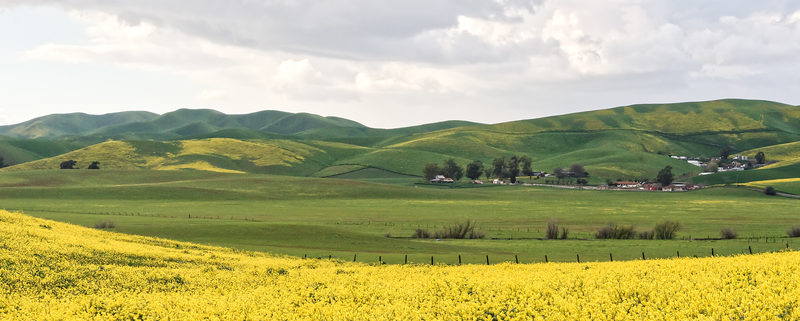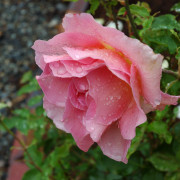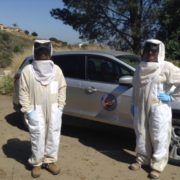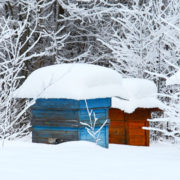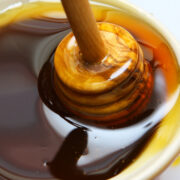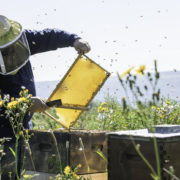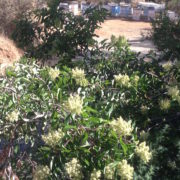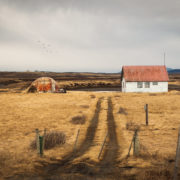Wild Mustard
After the winter and early spring rains, wild mustard bursts on the scene with its brilliant yellow blossoms. If there is one plant that symbolizes the heart of the queen rearing season, it is wild mustard. Wild mustard is arguably the richest source of bee pollen that the bees see all year. It is loaded with nutrients, and is a key ingredient for the bees’ production of royal jelly during the height of the queen rearing season. Nutritious royal jelly leads to healthy queen cells, which leads to healthy young mated queen bees.
Although not a native plant, in many ways wild mustard forms the backbone of the food source not only for honeybees, but for much of the wild California ecosystem. If mustard is plentiful, rabbits and other herbivores have plenty of nutritious greens to eat. This results in a higher number of coyotes and other predators.
It all starts with mustard.
An old-time beekeeper once told us that he could predict the success of the upcoming honey crop simply by observing the height of the mustard plants in early spring. He stood about 6 feet tall and measured how high the mustard plants grew relative to his body. He confidently declared that shoulder-high mustard indicated that the ground was plenty wet and the season would be good. Head-high mustard indicated a spectacular season ahead, and if the mustard could only reach waist-high, that meant trouble for the bees.
From our experience he has been proven correct! Ever since he shared that bit of wise lore, we have always kept our eyes on the growth of the season’s mustard and found his rule of thumb to be accurate.
It is too early yet to tell how high the mustard will grow this year, but we won’t complain if it reaches our heads!

